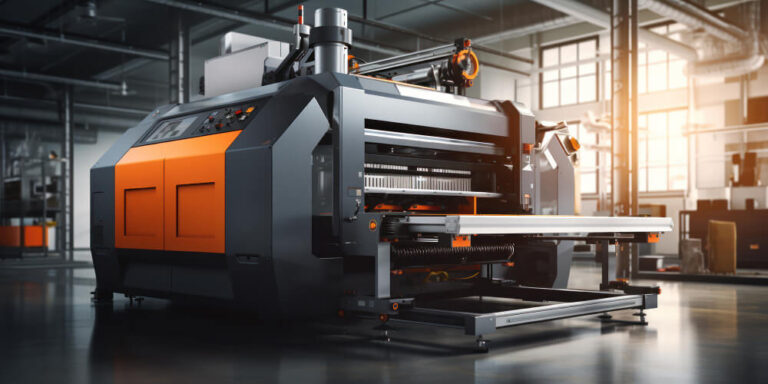Customized printing has become more prevalent in recent times as both businesses and individuals aim to showcase their branding or personal flair. A streamlined printing process plays a role in maintaining the quality and precision of printed materials. In this article, we will delve into the different stages involved in custom printing, beginning from the design phase, all the way to the output.
Designing
The initial step in the print production process is designing. Whether crafting business cards, brochures, or promotional items, everything kicks off with a planned design. During this stage, graphic designers collaborate closely with clients to grasp their vision and craft captivating artwork. They leverage a variety of software tools to transform concepts into print-ready files while considering aspects like color palettes, typography choices, and the overall layout.
Prepress
After completing the design phase, it progresses to prepress preparation. At this stage, meticulous attention is necessary to ensure that the files are appropriately set for printing. Prepress experts scrutinize the designs and make any tweaks, such as resizing images, adjusting file formats (e.g., converting RGB files to CMYK), and confirming that proper bleed and crop marks are included. By assessing every aspect of the artwork, they guarantee that it aligns with the specifications for subsequent production phases.
Printing
Once the design is finalized, the printing stage begins. Printers utilize machinery like offset presses, DTF printers, or digital printers to bring your creations to life on various kinds of paper or fabric. Depending on the scale and complexity of the project, various printing methods may be utilized. Lithographic printing ensures color reproduction for high print quantities, while digital printing is more suitable for smaller batches or projects with tight deadlines.
Finishing
After the printing process is done, it’s time for the finishing touches to enhance and safeguard the printed materials. Finishing techniques like laminating, coating (such as gloss or matte), embossing, or foiling are applied. These methods not only enhance the appeal but also provide durability and protection against long-term damage. Subsequently, cutting and folding equipment is used to trim or shape the printed items according to size requirements.
Quality Control
Quality control plays a significant role throughout the print production journey to maintain predefined standards. Skilled printers and technicians meticulously examine the printed materials for any flaws like color discrepancies or printing mistakes. They also ensure trimming, alignment, and precise folding. By conducting quality assessments before packaging and delivery, they ensure customers receive top-notch final products.
Product Packaging and Delivery
Once the custom-printed materials pass quality control checks, they are meticulously wrapped to prevent any damage during transit. Depending on the job requirements, this process may involve using shrink wrap, protective sleeves, or custom boxes. The finalized items are then dispatched to their intended destination via trusted packaging and delivery services.
Ensuring Customer Satisfaction
Customer satisfaction is important in any business venture. Throughout the printing production process, prioritizing customer satisfaction should guide the decisions of designers, prepress experts, printers, finishers, quality control team members, and all others involved in providing a top-notch custom printing service. Maintaining communication with clients from start to finish guarantees that their vision is accurately reflected in the product that surpasses their expectations.
File Preparation Procedures
After finalizing the design, meticulous file preparation is essential before sending it for printing. This crucial step ensures that the files are correctly formatted for production to minimize errors during printing. File preparation tasks include actions like converting fonts to outlines or embedding them, flattening transparencies and optimizing images for print quality. By preparing these files, you can prevent issues such as missing fonts or poor image reproduction quality.
Checking for errors
Before moving on to the mass production phase, proofreading is essential to ensure accuracy and reduce mistakes in the product. This process allows clients to review a sample or digital version of their custom printed materials and provide their approval before proceeding. Proofreading helps them evaluate aspects such as color precision, content placement, text legibility and overall design coherence.
In Conclusion
The custom printing print production process involves stages: design, prepress preparation, and actual printing using specialized equipment and techniques tailored to each project’s requirements, along with finishing touches like lamination or embossing. Be sure to end with comprehensive quality control checks before final packaging and delivery. An attention-to-detail approach guarantees customer satisfaction while delivering crafted custom print items that make a lasting impact on both individuals and organizations.

